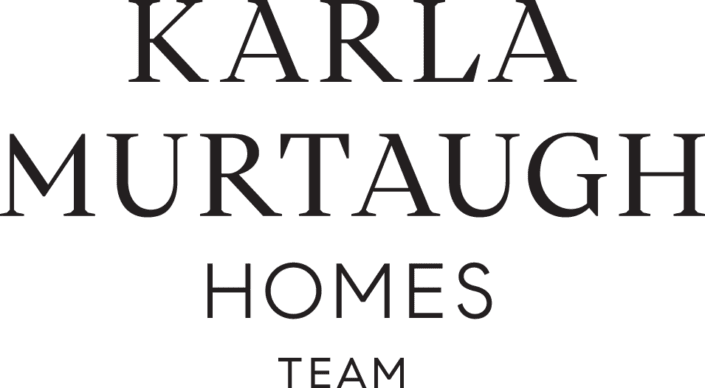The Truth About Mold
Mold is one of the world’s most successful organisms – it will find its way into any location, even unexpected ones. However, that is not to say that mold is an inevitable – or even likely – problem to arise in your home. Mold grows under very specific conditions, all of which are easy to prevent.
Mold reproduces with spores, which are invisibly small organic particles that float everywhere. Although these spores are in the always in the air, when mold begins to grow, the spores may rise to levels that cause health problems and increase the likelihood that it will become a problem and spread. Outside of bread and other foods, the most likely place in your home for mold and spores to grow is on a wet surface, as it cannot grow without some kind of moisture.
To defeat mold before it begins, check your home to see if there are areas of high moisture or areas with direct water leaks. Fixing these issues should keep your house free of mold indefinitely. Keeping the relative humidity to less than 60 percent is also a good rule of thumb in ensuring your home remains inhospitable to fungus. Introducing a dehumidifier into a moist area, such as a basement in the summer time, is often an effective method to curb problems.
Mold can also grow in ducts and other HVAC systems. If the air in your home is causing problems, resulting in an increased difficulty when breathing particularly for those afflicted with respiratory issues, have your ducts checked to see if they need cleaning. Advanced filtration systems can also be installed in places that are predisposed to mold, but for most homeowners, this is not necessary.
Once it becomes established, mold can affect your health in a number of ways. Inhaling large amounts of spores can exacerbate allergy problems or cause other irritation. Although mold is generally not particularly harmful some varieties of mold, such as black mold, produce directly toxic substances called mycotoxins. However, the primary concern with mold is their effect on respiratory health.
If there is already mold in your home, it may be possible to clean it yourself. According to the EPA if there is less than 10 square feet of surface mold, scrubbing it off a hard surface by using detergent and water is generally enough to get rid of the problem. Soft or porous surfaces that have mold on them will likely need to be thrown away. Carpeting or curtains can get mold in various crevices and spaces in the material, and may therefore be impossible to clean. Painting over mold is not an acceptable way to treat mold. While cleaning the mold, make sure to wear gloves and goggles and avoid breathing the spores by wearing a respirator. If there is mold on an item that is particularly valuable, or the area of mold measures more than 10 square feet, contact a professional.
Although there is plenty of buzz about mold these days, in reality, mold is unlikely to pose serious problems for most homeowners. Usually, few areas in a home are prone to mold growth. By keeping tabs on moisture around your home and taking a few simple precautions, you should be able to remain mold-free forever.
If you’re thinking of selling and are concerned about the possibility of mold in your home prior to listing it, contact me for more information. I would be happy to assist you to get home ready for the upcoming real estate market.
Ridgefield Market Report for February 2014
February 2014 unit sales of Single Family Homes in Ridgefield were strong when compared to the same time last year, and when comparing the year to date results. Overall, I’m very optimistic that the market will continue to improve with a slow and steady rise in sales price and a decreased days on market as we start to build inventory.
The Median Sales Price of a single family home increased in February to $610,000 from $436,250 a year ago, however the number of units sold dropped from 18 to 10. The year to date sales showed the same trend with the unit sales figures dropping from 38 to 26, but the median price increasing from $507,500 YTD 2013 to $686,000 YTD 2014. Typically, the low number of closed sales during this time of year can be attributed to the busy holiday season, however early 2014 sales were further impacted by the weather including storms and frigid temperatures.
The number of homes the went under contract in the month of February was 37, as compared to 29 last year despite the horrible weather conditions. I feel a good number of buyers have chosen to delay viewing and purchasing homes until slightly later in the season.
The Average Days on Market in February also showed a marked decrease from last year with 199 days compared to 239. February Months Supply of Inventory and new Properties for Sale also decreased relative to last year’s numbers. It is clear we have more buyers than inventory in certain price segments. We expect this trend to continue into the spring selling season, which is good news for sellers deciding to list early.
For a full graphical analysis of Ridgefield’s February market, download the report here. You can also take advantage of my complimentary Comparative Market Analysis to find out what your home’s worth.


Compass CT
470 Main Street
Ridgefield CT 06877
203.856.5534
Licensed in the state of Connecticut & New York.


